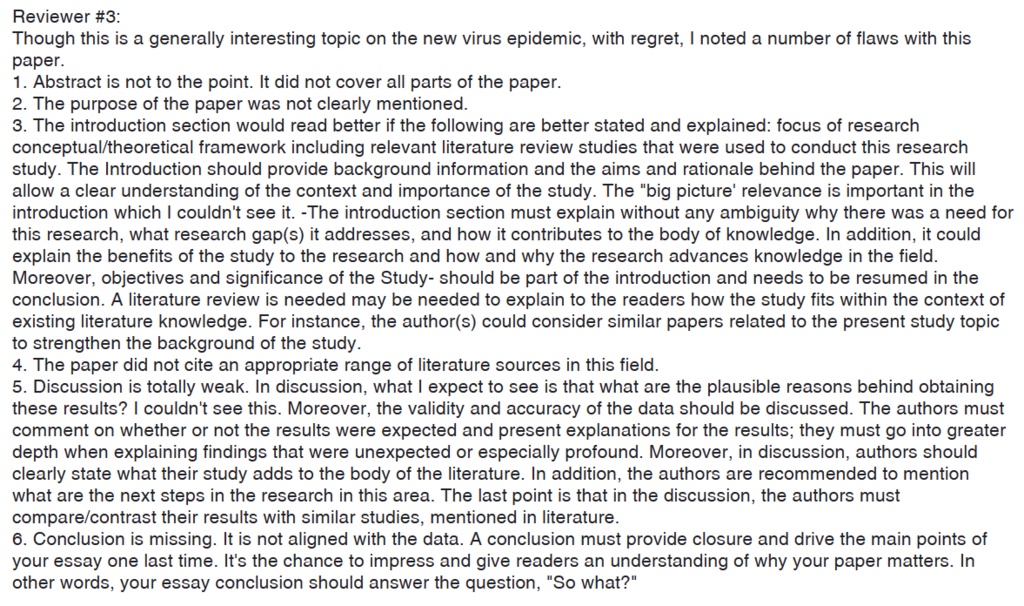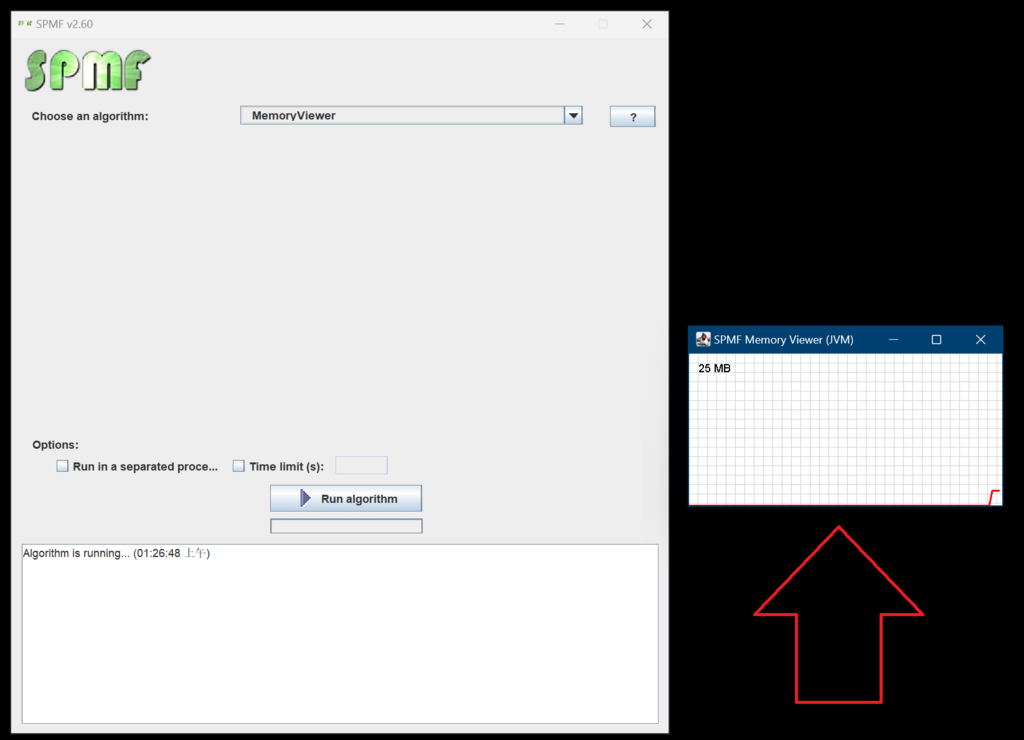The other day, a young researcher asked me: what should I do to become a more well-known researcher in my field? In this blog post, I will try to answer that question.
But before that, it should be said that becoming a well-known researcher is not easy and requires hard work, dedication and a lot of motivation. However, it can have many benefits, such as attracting more funding, collaborators, citations and recognition.
Below are my advices.
1. Publish great work in excellent conferences/journals
To be more well-known, one should do some work that is impactful, relevant and original. Besides, publishing papers in respected journals and conferences will increase the likelihood that other people will read your papers. Thus, it is better to write less papers but write good papers in good venues than to write many low-quality papers and publish them in unknown conferences. The paper should also be accessible, that is written in a way that they are not too hard to read.
2. Make the code/data of your research public
Putting your code and data on a public website that everyone can access will also increase the probability that other people will use your work and thus cite your paper as well. This is a good strategy to increase your impact.
3. Build a network
Don’t just work by yourself. Go visit other research teams, make friends with other researchers and try to collaborate with top researchers in your field. This is important to build connections and other people will start to know you. Also, if you are a student, try to work in the team of a well-known professor. Attending academic conferences is also a good idea to meet other researchers and create collaborations or opportunities for the future.
In my case, I for example, travelled to many countries to build collaborations with different teams (e.g. Vietnam, Japan, New Caledonia, South Korea, Spain, Thailand, to name a few) and attended many conferences. This has been very helpful to create collaborations.
4. Write survey papers
Writing survey papers is also a good way to increase your impact in a field. Survey papers can also attract more citations than other papers, and by writing a survey papers, you can describe some research area from your perspective and also mention your own work.
5. Make yourself a website and keep it up-to-date
I think every researcher should at least have a basic website where he should put his papers, code and data freely available. This can help people to find you and find your research papers. It is highly important but I notice that many researchers don’t have a website.
6. Work on improving yourself
Top researchers are generally humble, curious, creative and work hard. Learn to accept that sometimes you will face failure and keep working to get better. Listen to the feedback from other researchers. Follows the trends in your field and try to be open to learn new topics. Try to improve your weaknesses (e.g. writing ability, oral presentation skills).
7. Organize workshops, special issues, books
If you are not a student anymore and now a full time researcher or faculty member, you may think about starting to organize workshops, special issues for journals, edit books, or even organize conferences. All of these will help you to get more well-known in your field and build relationships with other researchers.
Conclusion
This was just a short blog post to give a few tips about how to become a more well-known researcher. Some of these tips are simple but yet many researchers do not follow them (e.g. creating a website and keeping it up to date, or publishing their code and data).
—
Philippe Fournier-Viger is a distinguished professor working in China and founder of the SPMF open source data mining software.
































